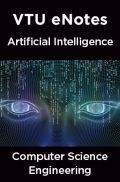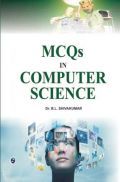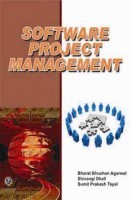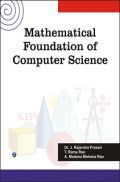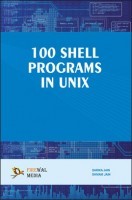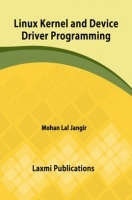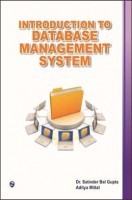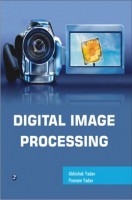This well-written textbook discusses the concepts, principles and applications of Computer Graphics in a simple, precise and systematic manner. It explains how to manipulate visual and geometric information by using the computational techniques. It also incorporates several experiments to be performed in computer graphics and multimedia labs.
Beginning with an introduction to the subject, the book covers a wide range of interesting topics such as graphics devices, scan conversion, polygons, segments, 2D- and 3D- Transformations, windowing and clipping, projections, interaction and rendering and illumination. It deals with curve generations, ray tracing, color models and hidden lines and surfaces. It also focuses on animation, modelling, GKS and multimedia.
The content is supported by chapter-end summary, Multiple Choice Questions (MCQs), conceptual short questions with answers and exercise questions apart from several practical examples and case studies. Designed for B.E./B.Tech. students of Computer Science and Engineering, Information Technology and BCA, this textbook would also be useful to the students of MCA as well as practitioners.
This book Useful for Computer Science Engineering Students.
1. Introduction to Computer Graphics
2. Graphics Primitives
3. Scan Conversion
4. Polygons
5. Segments
6. 2D-Transformations
7. Windowing and Clipping
8. 3D-Transformations
9. 3D-Projections
10. Interaction
11. Rendering and Illumination
12. Curve Generations
13. Ray Tracing and Color Models
14. Hidden Lines & Surfaces
15. Animation
16. Solid Modelling
17. GKS
18. Multimedia
19. Multimedia Authoring Tools
20. Case Studies







